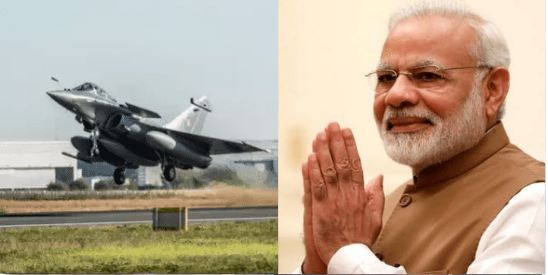In a major shot in the arm to India’s defence industry, the country’s arms imports fell by 33% over the last five years and the Make in India initiative has had a major role to play in this. According to data published by Swedish think-tank Stockholm International Peace Research Institute SIPRI, the country’s arms imports saw a 33 per cent decrease between 2011-15 and 2016-20.
The report states that Russia was hit the hardest by India’s increasing self-reliance as Moscow witnessed a 53 per cent drop in its arms exports to New Delhi.
Earlier this month, the Ministry of Defence informed the Rajya Sabha that out of the 304 contracts were signed for the modernisation of armed forces in the previous five fiscals (2015-16 to 2019-20) and the current financial year (up to January 2021), 190 contracts were signed with Indian vendors for capital procurement of defence equipment for armed forces.
In August 2020, the Indian government had also released a negative list of 101 imports with the embargo expected to result in contracts worth almost Rs 4 lakh crore being placed with the domestic industry in the near future.
In December 2020, the Union Cabinet chaired by PM Modi approved the export of surface to air Akash missiles to friendly foreign countries. It is pertinent to note that the Akash’s Russian counterpart S-400 surface to air missiles aren’t sanctioned free as, despite Trump’s cordial relations with Erdogan, Turkey was recently slapped with American suctions after it purchased the S-400 missiles from Russia, thereby increasing the demand for Akash.
Such is the focus on defence exports that a high-powered panel has been set up for swifter approval of military hardware export with the goal of clocking defence exports worth $5 billion by 2024, as per a report by Hindustan Times. The panel will consist of Defence Minister Rajnath Singh, External Affairs Minister S Jaishankar and National Security Advisor Ajit Doval.
In a statement, the Ministry of Defence said, “So far, Indian defence exports included parts/components etc. The export of big platforms was minimal. This initiative of the Cabinet would help the country to improve its defence products and make them globally competitive.”
In a matter of great pride for India, Akash has indigenous content of 96% and has a range of 25 km, was subsequently inducted into the Indian Air Force in 2014 and in the army a year later.
In yet another positive development, India’s defence equipment exports stood at Rs 10,745 crore in 2018-19 — seven times time more than the exports figure of 2016-17 and the Modi government’s ‘Make in India’ scheme needs to be applauded for the same.
































Good article
very awesome information provided especially for people undertaking research